The Malabar Wildlife Sanctuary is embedded in the heart of the green Western Ghats in Kerala and sprawls over varied habitats with the richest natural beauty. The sanctuary has evergreen forests and many other ecosystems that provide a haven for biodiversity and constitute one of the most exciting journeys into the ecological marvels of Kerala. This sanctuary draws visitors with its rich tapestry of flora and fauna, inviting exploration to view the unique wildlife here.
Quick Details About Malabar Wildlife Sanctuary
Malabar Wildlife Sanctuary Timings: 8:00 AM – 5:00 PM.
Best Time to Visit: November to March
Malabar Wildlife Sanctuary Ticket Price: Free
Malabar Wildlife Sanctuary Location
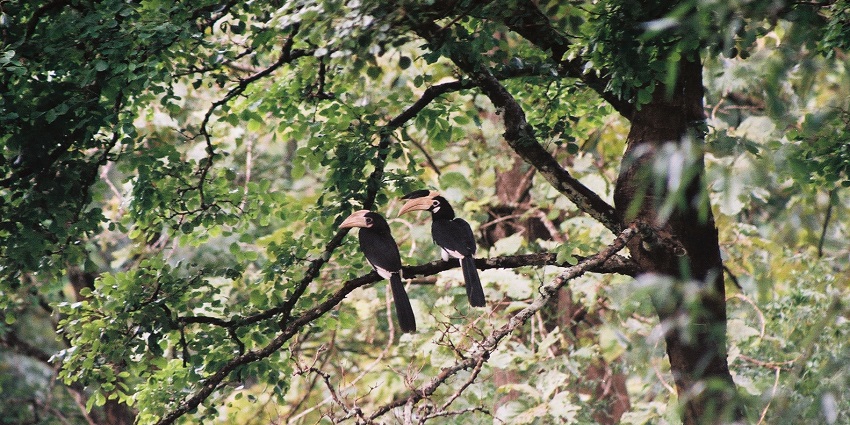
Photo credit: Dinesh Kannambadi / Wikimedia Commons / Image For Representation Only
The Malabar Sanctuary is situated in the northern part of Kerala, mainly within the Kannur and Wayanad districts. It falls under the Western Ghats, a UNESCO-declared World Heritage Site, and is known for its high biological diversity and unique ecosystems.
Suggested Read: Wildlife Sanctuaries In Wayanad
How To Reach Malabar Wildlife Sanctuary
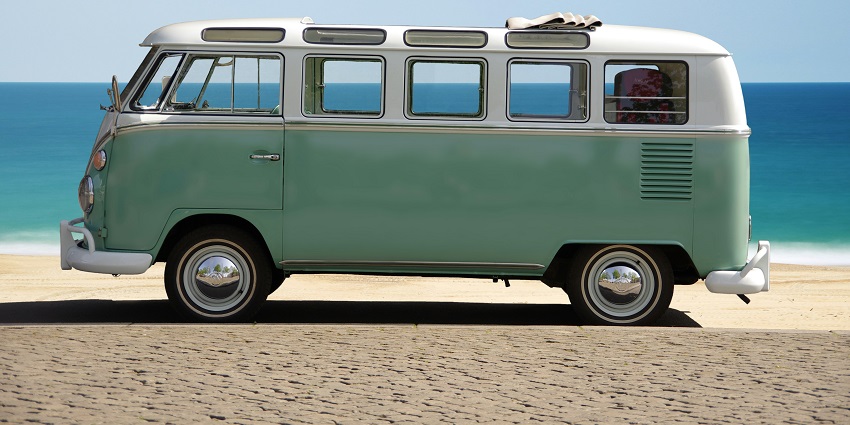
Photo credit: Ingo Doerrie / Unsplash / Image For Representation Only
One can reach Malabar Sanctuary via road, either via bus or a train:
Bus: There are regular buses between Kannur, Thalassery, and surrounding towns. You can then hire local transport to reach the sanctuary.
Train: The nearest railway stations are at Kannur and Thalassery. To reach the sanctuary, one can hire taxis or take local buses from these railway stations.
Things To Do In Malabar Wildlife Sanctuary
Here are some captivating things to do in Malabar Sanctuary, offering a blend of adventure, wildlife spotting, and serene nature walks amidst lush surroundings:
1. Wildlife Safari
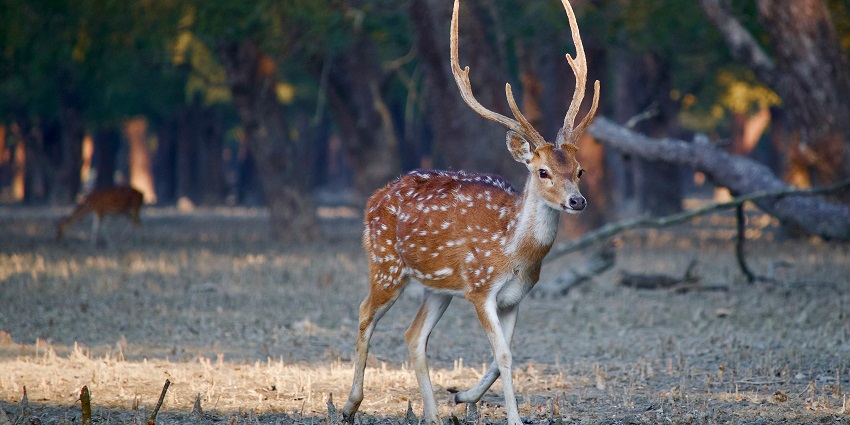
Photo credit: Mamun Srizon / Unsplash / Image For Representation Only
Take part in a wildlife safari through dense forests and grasslands that give glimpses of various wildlife species. Safaris by expert guides give one an excellent chance to spot elephants, deer, langurs, and many other varieties of birds. The serene environment and varied habitats make this place ideal for wildlife enthusiasts.
Suggested Read: Wildlife Sanctuaries In Kerala
2. Bird Watching
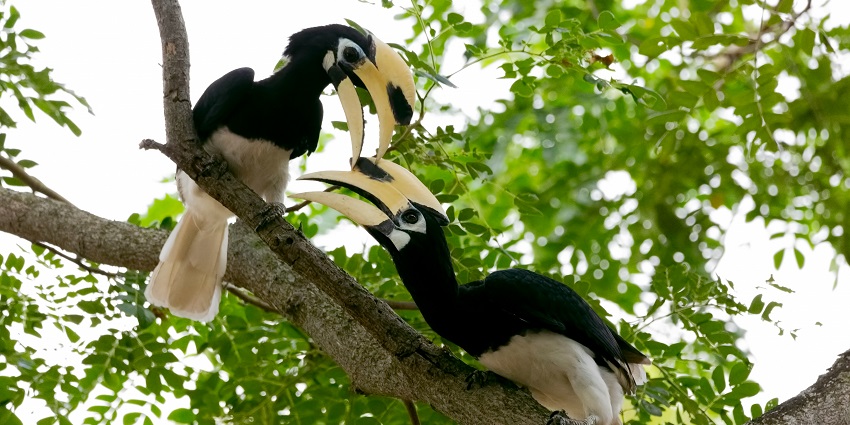
Photo credit: Mathew Schwartz / Unsplash / Image For Representation Only
The Malabar Sanctuary is simply a paradise for bird watchers, where more than 200 species of birds have been recorded. Birding trails here give one the vistas of the endemic and migratory birds at their best, including the Malabar hornbills, painted storks, and kingfishers. Early morning hours are best for watching birds since most birds start off their day during this time, and their calls can be heard filling the air.
3. Nature Walks
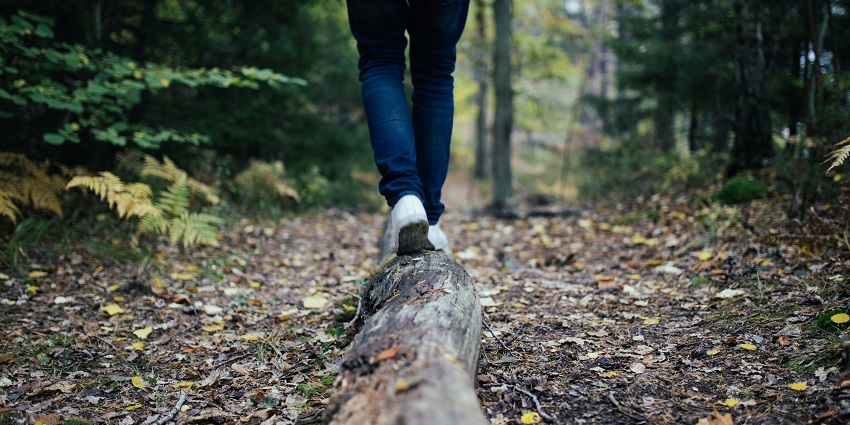
Photo credit: Jon Flobrant / Unsplash / Image For Representation Only
Participate in nature walks along the trails in the sanctuary, guided by naturalists who introduce the regional flora and fauna to visitors. This includes observing native plants, butterflies, and small mammals in the serene environment of the Western Ghats. It is one of the best ways to connect with nature and get insights into the region’s conservation initiatives.
Suggested Read: Amazing Things To Do In Kerala
4. Visiting Interpretation Centres
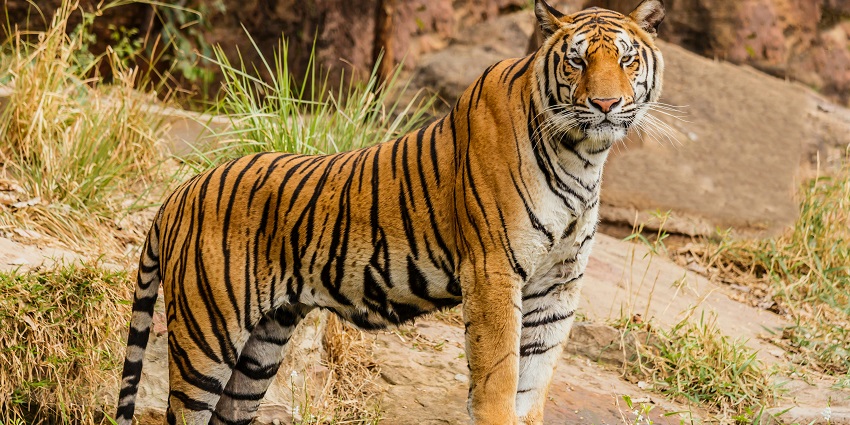
Photo credit: A G / Unsplash / Image For Representation Only
Visit the interpretation centres within the sanctuary and get an overview of the local ecosystem, wildlife conservation efforts, and Malabar region’s cultural heritage. The place offers interactive exhibits and displays bringing insightful information about its biodiversity and ecological conservation.
Places To Visit Around Malabar Wildlife Sanctuary
The surroundings of Malabar Sanctuary also hold a few attractions. Some of them are:
1. Muzhappilangad Beach
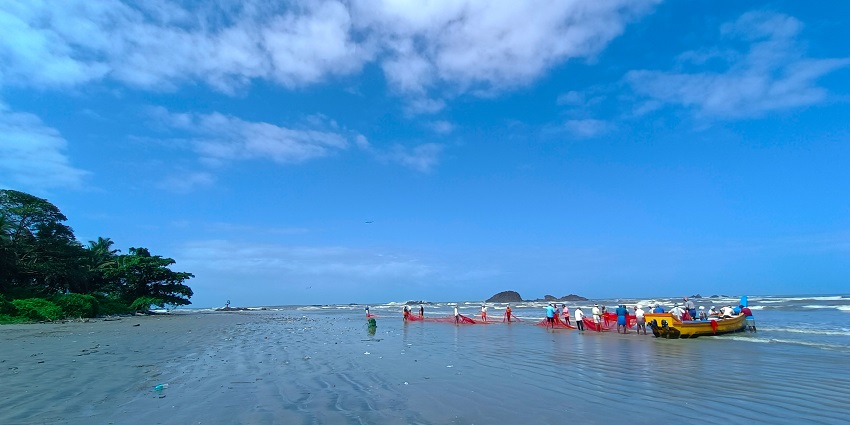
Photo credit: Shagil Kannur / Wikimedia Commons
Located near Thalassery, Muzhappilangad is Kerala’s only drive-in beach. Here, one can experience a ride on the beach like never before. You can play beach games, and water sports, and enjoy fresh seafood from local eateries.
Things To Do: Beach drive, beach games, water sports, eating fresh seafood from local eateries
Suggested Read: Best Beaches Near Wayanad For Your Perfect Summer Vacations
2. Thalassery Fort
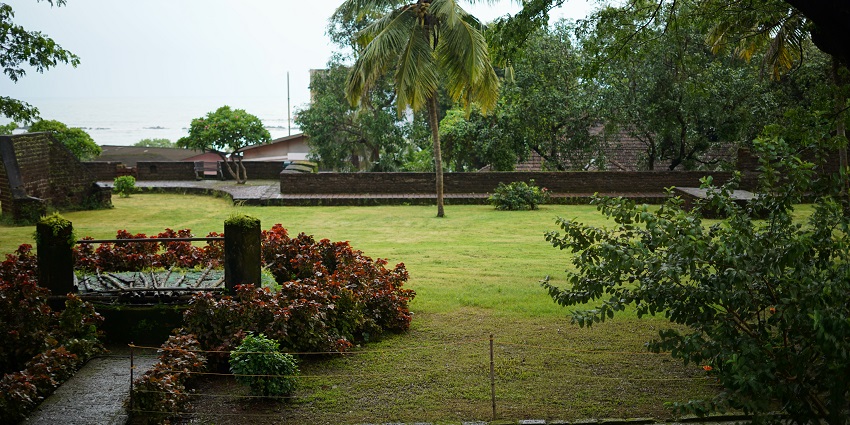
Photo credit: Gautham Koorma / Wikimedia Commons
Thalassery Fort, built by the British in the 18th century, holds historical significance along with the views of the Arabian Sea. Visitors would find its architecture, the Lighthouse nearby with its scenic views, and the fort’s militarised history of Kerala’s colonial times very intriguing.
Things To Do: photography, discover the fort’s history, visit the Lighthouse nearby
3. Arakkal Museum
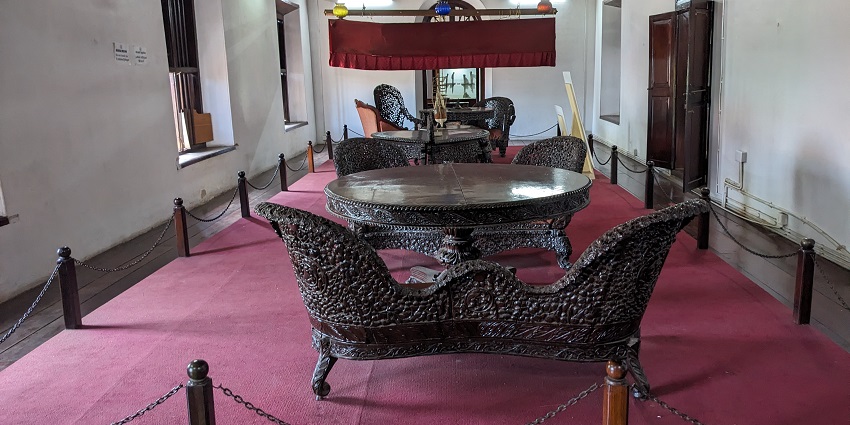
Photo credit: Vinayaraj / Wikimedia Commons
Situated in Kannur, the Arakkal Museum houses artefacts and exhibits related to the Arakkal dynasty, the only Muslim royal family in Kerala. This place depicts the region’s cultural heritage and the dynasty’s contributions.
Things To Do: Explore and learn about artefacts, traditions and legacies
Suggested Read: Best Museums In Kerala To Plan Your Next Cultural Visit
4. Wayanad Wildlife Sanctuary
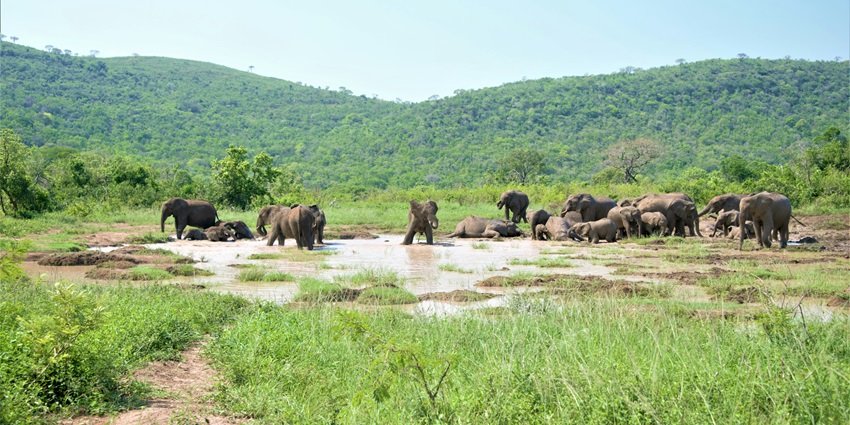
Photo: Antonius Smal / Unsplash / Image For Representation Only
Wayanad Wildlife Sanctuary is a haven for nature lovers and wildlife enthusiasts. Nestled in the verdant hills of Kerala, the sanctuary is sprawling across 344 square kilometres and is decked with lush flora and fauna. Wayanad Wildlife Sanctuary is home to an array of exotic wildlife including elephants, tigers, leopards, bison, deer, and a variety of primates. It is also an excellent spot for avian enthusiasts as they can catch glimpses of Malabar hornbill, peacocks, owls, and eagles here. Whether you’re an adventure enthusiast, a photographer, or simply someone looking for a tranquil escape, this sanctuary offers the perfect retreat into the wilderness.
Things To Do: Wildlife safari, birdwatching, nature walks
5. Thusharagiri Waterfalls
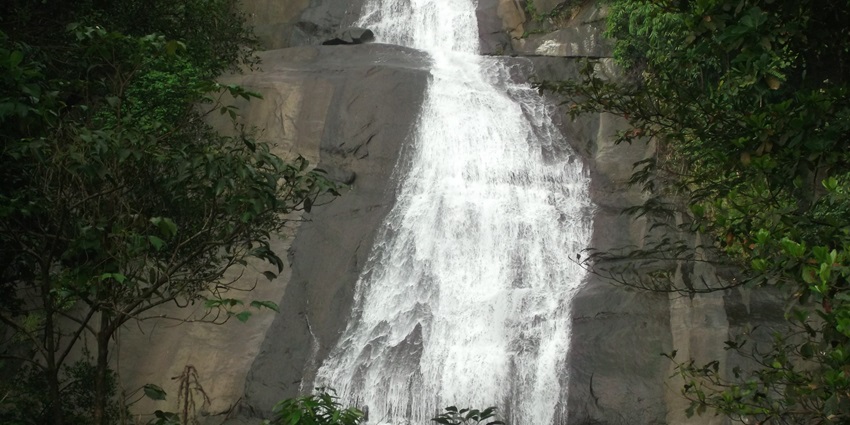
Photo: Dr.Juna / Wikimedia Commons
Thusharagiri Waterfalls is a picturesque jewel nestled amidst the western ghats of Kerala. It is located in the Kozhikode district and is formed by the Chalippuzha River, which splits into three streams, creating a spectacular multi-tiered waterfall. The cascading waters, surrounded by dense forests and spice plantations, make it a paradise for nature lovers and photographers. Here, you can indulge in trekking adventures, birdwatching & wildlife spotting, swimming, and more. Thusharagiri Waterfalls is a hidden gem in Kerala that offers an unforgettable experience for nature enthusiasts and adventure seekers.
Things To Do: Trekking, rock climbing, photography
Suggested Read: Waterfalls In Kerala
6. Calicut Beach
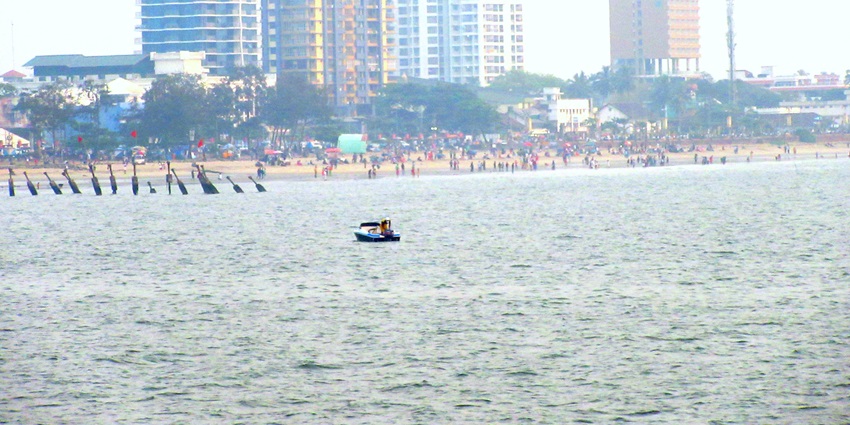
Photo: Bidhunkrishna / Wikimedia Commons
Calicut Beach, also known as Kozhikode Beach, is one of the most scenic and historically rich beaches in Kerala. Whether you’re a history enthusiast, a nature lover, or a food explorer, Calicut Beach has something for everyone. Its stunning coastline, rich cultural heritage, and vibrant atmosphere make it a perfect getaway for travellers. Here, you can enjoy the mesmerising sunsets and breathtaking vistas, explore the Old Lighthouse, visit Dolphin’s Point, and more.
Things To Do: Boating, photography, dolphin spotting
7. Kappad Beach
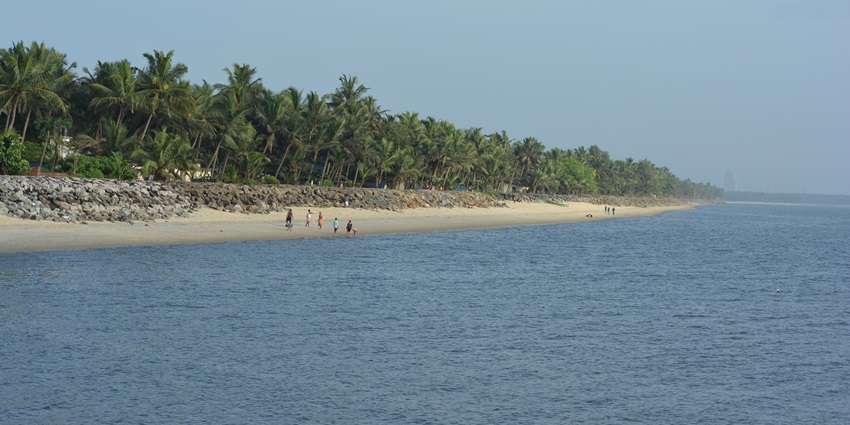
Photo: SidhardhRamesh / Wikimedia Commons
Kappad Beach is a scenic destination that beautifully blends history with natural beauty. Suffused with pristine golden shorelines, tall palm trees, and turquoise-blue waters, the beach is abundant in nature’s awe-inspiring beauty. Whether you’re a history buff, nature lover, or simply looking for a quiet escape, this beach offers a unique experience. From relaxing by the shore and exploring the Vasco da Gama Memorial to enjoying scenic boat rides and indulging in birdwatching, there’s a lot to do here.
Things To Do: Boating and kayaking, birdwatching, photography
Suggested Read: Beaches In Kochi
Where To Stay

Photo credit: Chastity Cortijo / Unsplash / Image For Representation Only
Tourists travelling to Malabar Sanctuary can choose accommodation options including Malabar Homestay, Raindrops Resort, The Woods Resort and others for a tranquil stay amidst lush green meadows.
Where To Eat

Photo credit: Brooke Lark / Unsplash / Image For Representation Only
If you want to savour tempting meals and delicious cuisines near Malabar Sanctuary then head to Thattakam Restaurant and Park Malabar Restaurant. Local eateries offer traditional Malabar cuisine near the sanctuary.
Suggested Read: Best Food In Kerala
Other Factors to Consider

Photo credit: lil artsy / Unsplash / Image For Representation Only
Average Cost Of The Trip
The average cost for a visit to Malabar Sanctuary is about ₹3,000 – ₹7,000 per person, depending on the accommodation, food, and activities chosen.
Tips For Travellers
- Remember to carry binoculars and a camera with a telephoto lens for spotting wildlife and birds.
- Comfortable walking shoes and light, loose apparel for ease outdoors should be worn by visitors.
- There are guidelines for safaris and nature walks regarding respect for wildlife that must be followed.
From biodiversity and cultural heritage to natural beauty, Malabar Sanctuary is the perfect viewpoint that nature lovers and travellers seeking peace amidst the Western Ghats of Kerala would want. Every moment a tourist visits here, whether spending time in the rich wildlife or on educational tours, will surely bring out a few moments full of learning and memories. Choose TripXL and book your trip to Malabar Wildlife Sanctuary today!
Cover Photo: Uajith / Wikimedia Commons / Image For Representation Only


 WhatsApp
WhatsApp
 Twitter
Twitter









